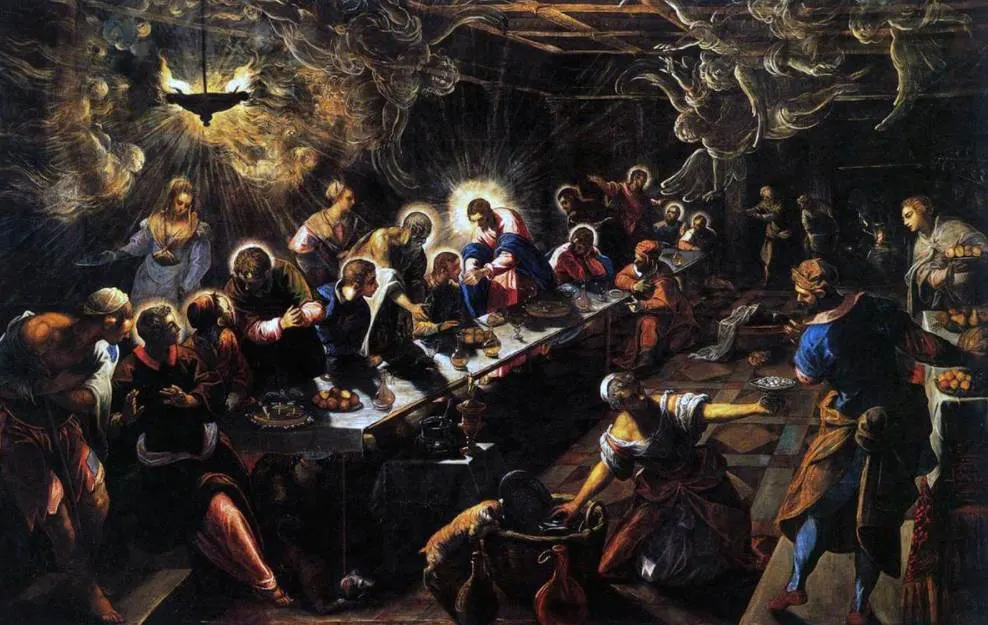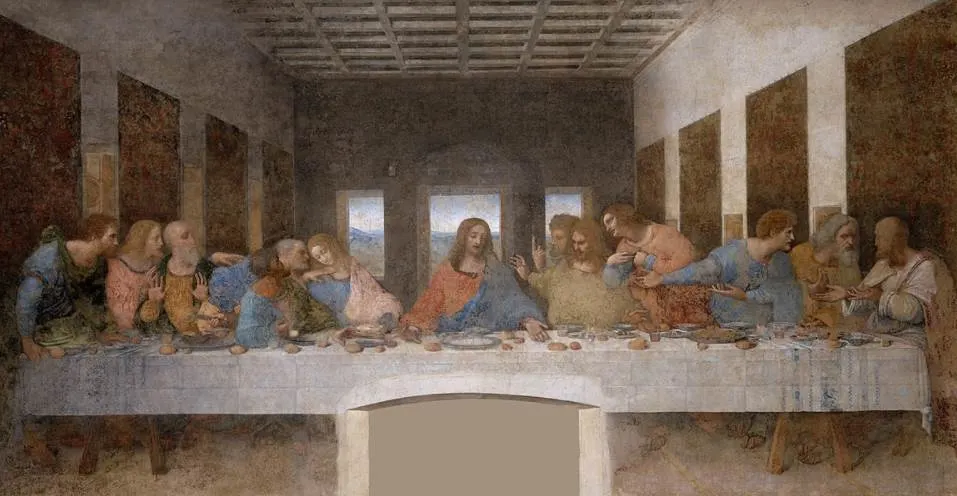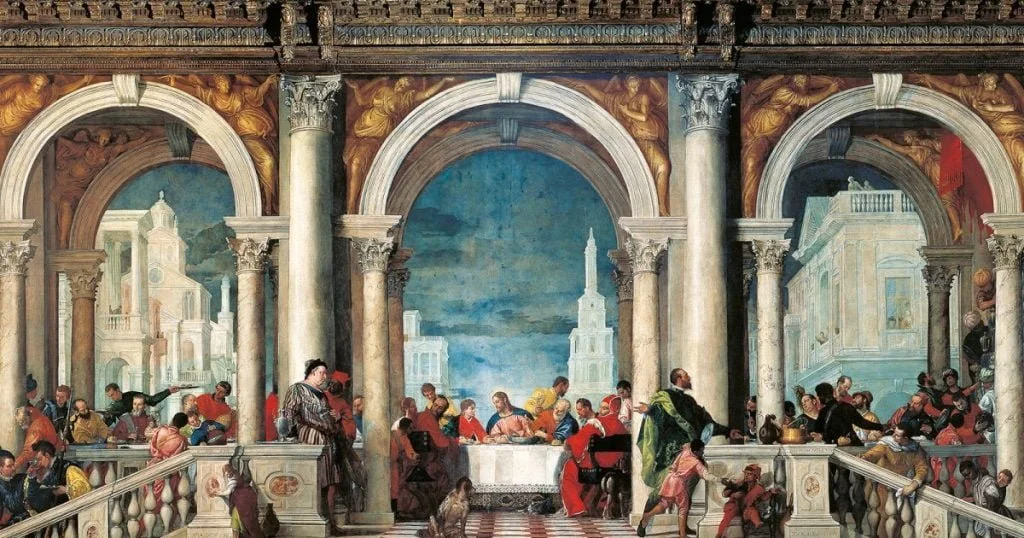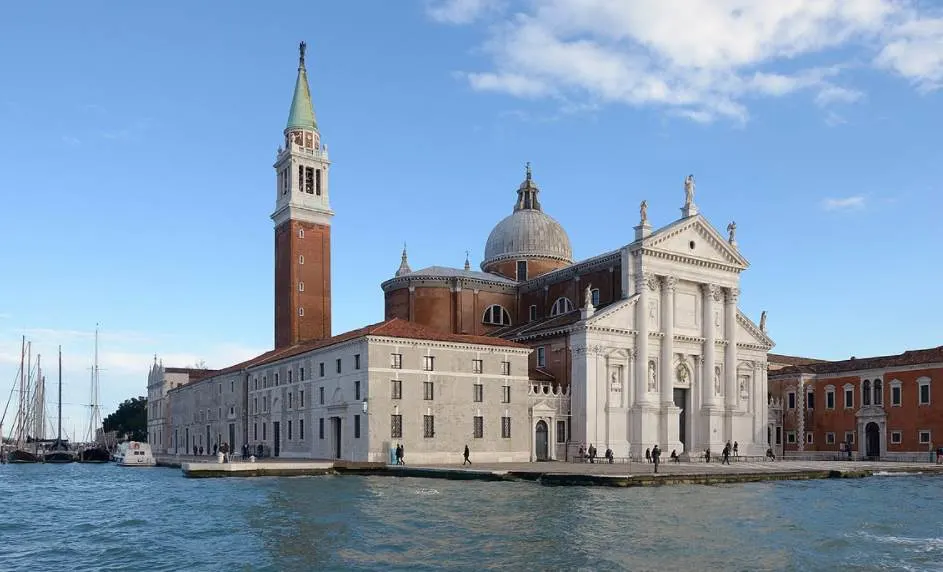One of the most famous paintings in the world depicts one of the best-known Christian stories. Even though The Last Supper by Leonardo da Vinci only lasted a couple of decades due to the experimental use of materials by the Italian polymath, it’s still considered to be one of the world’s ultimate treasures.
The Renaissance master was far from the only artist in history to depict this popular story. One of the most remarkable works of this subject clearly shows the transition between the ideals of the Renaissance artists and those of the Mannerist artists who followed them.
In this article, we’ll take a closer look at some of the most interesting facts about The Last Supper by Tintoretto, a remarkable work of art in the oeuvre of the artist in multiple ways.
1. It was painted during the final years of the artist’s life
Jacopo Robusti (1518-1594), better known by the nickname he received as a little boy “Tintoretto,” was one of the 3 great masters of the Venetian School of the 16th century.
The nickname he received as an artist was “Il Furioso,” a reference to his dramatic brushwork and the extremely fast pace at which he was able to create monumental works of art. Born and raised in Venice, this is where he lived and worked and where most of his artwork can be found.
This particular painting was completed between 1592 and 1594, shortly before he passed away at the age of 75 on May 31, 1594.

2. It was not the only time that Tintoretto painted this subject
The Last Supper has been a very popular theme in Christian art and has been depicted by countless artists. Most painters depicted the scene from a frontal view as was the case with Leonardo da Vinci on the refectory wall of Santa Maria delle Grazie in Milan.
Remarkably, this was also how Tintoretto painted his two previous versions of The Last Supper. One was for the Chiesa di San Marcuola (1547) and the other for the Chiesa di San Felice (1559), both in Venice.

3. The style in which it was painted marks an important transition in art
The High Renaissance, one of the greatest periods in art history, lasted until around 1520. The harmonious compositions of the Renaissance were gradually replaced by exaggerated forms of these ideals.

The Mannerist period started around 1520 and lasted the entire 16th century, and in some parts of Northern Europe even well into the 17th century.
The Last Supper by Tintoretto not only marks the conclusion of the transition of Tintoretto as an artist but of the transition from Mannerism to Baroque as well. The Baroque artists of the 17th century simply added even a higher sense of exaggerated drama to their artworks.
4. There’s something remarkable about the overall composition
We’re looking at the painting from a completely different perspective than the traditional composition of Last Supper paintings. The table moves from the bottom left to the top right and the light sources are limited to enhance the dramatic effect.
Equally remarkable is that the center of the composition doesn’t solely focus on the 12 Apostles and Jesus Christ but also on servants. In the foreground, we can see a woman doing the dishes and at the table, we can see servants clearing it.
The composition is completed at the top with transparent angels hovering over the entire scene. This creates a completely different vibe than da Vinci’s Last Supper.

5. How big is The Last Supper by Tintoretto?
Tintoretto didn’t mess about when it came to the sheer size of the works he created. Luckily, he didn’t have any problems with completing these works on a monumental scale, even at an older age. Granted, he did get help from his workshop, but the nickname “Il Furioso” or “The Furious” was well-deserved.
This particular painting, completed during the final months of his life, has dimensions of 365 × 568 centimeters (144 × 224 inches).

6. It wasn’t the final painting that Tintoretto worked on
Even though a painting with dimensions of well over 5 meters would be considered huge by just about any other artist’s standards, this was far from the largest painting that he completed.
What’s remarkable is that he created both his largest and final work around the same time as he completed this work. This painting is called “Il Paradiso” and is located in the Doge’s Palace in Venice.
This incredible work of art is considered to be the largest oil on canvas painting ever created and has dimensions of 9.1 x 22.6 meters (29.9 x 74.1 feet), simply astounding!

7. He didn’t get into religious trouble like one of his rivals did
One of the main rivals of Tintoretto throughout his career was Paolo Veronese (1528-158), a man known for creating equally huge and impressive paintings.
Veronese also painted his version of the Last Supper during the early 1570s, a time during which paintings were heavily scrutinized by the Catholic leadership.
He renamed his Last Supper to “The Feast in the House of Levi” (1573) to avoid persecution. After all, the Catholic police didn’t like the inclusion of drunkards and monkeys in this scene.
Even though Tintoretto painted an overly dramatic scene, it was considered in line with the ideals of the Catholic Reformation, a movement that emerged following the Protestant Reformation a couple of decades earlier.

8. The painting is on display in a famous church in Venice
Just like most of his paintings, The Last Supper by Tintoretto never left Venice and still decorates the same church it was originally commissioned for. This church is called the Church of San Giorgio Maggiore.
This iconic masterpiece of Renaissance architecture designed by Andrea Palladio was still under construction when Tintoretto completed this work. It was completed between 1566 and 1610 and is located on a small island with the same name, just across from the historical heart of the city.
The Last Supper was not the only work that the artist painted for this church as a year earlier he completed “The Jews in the Desert” (1593), along with multiple other works such as “The Entombment of Christ,” “The Adoration of the Shepherds,” and “The Manna Harvest.”
The final two paintings can be admired in the presbytery, the area around the altar.

